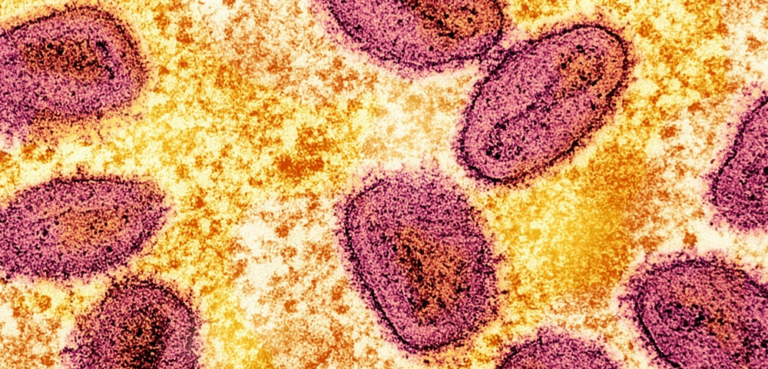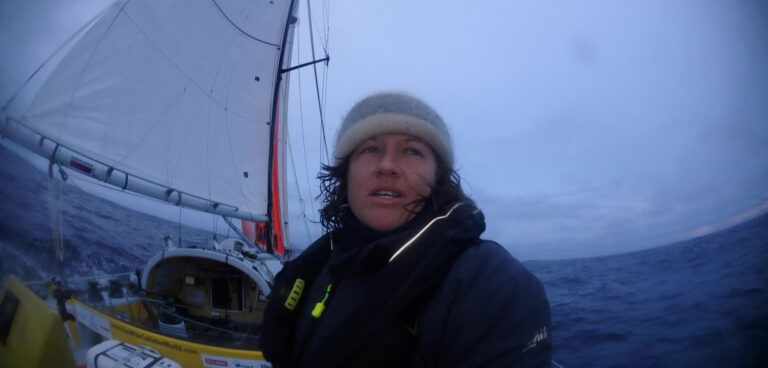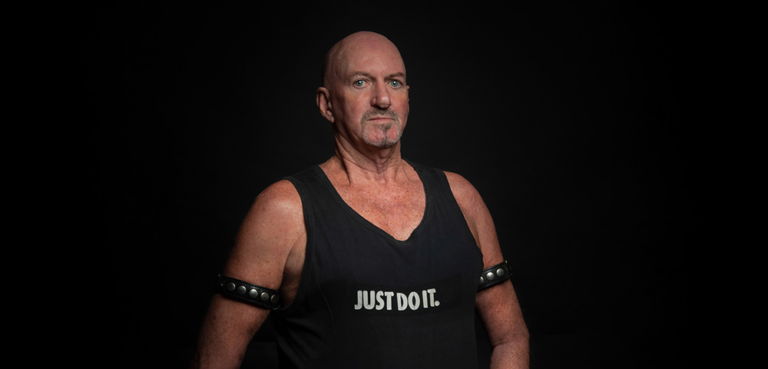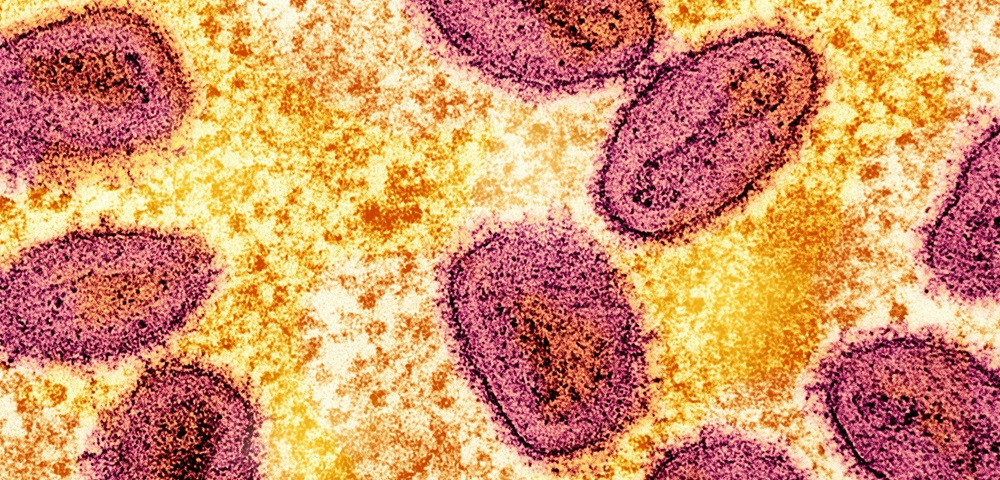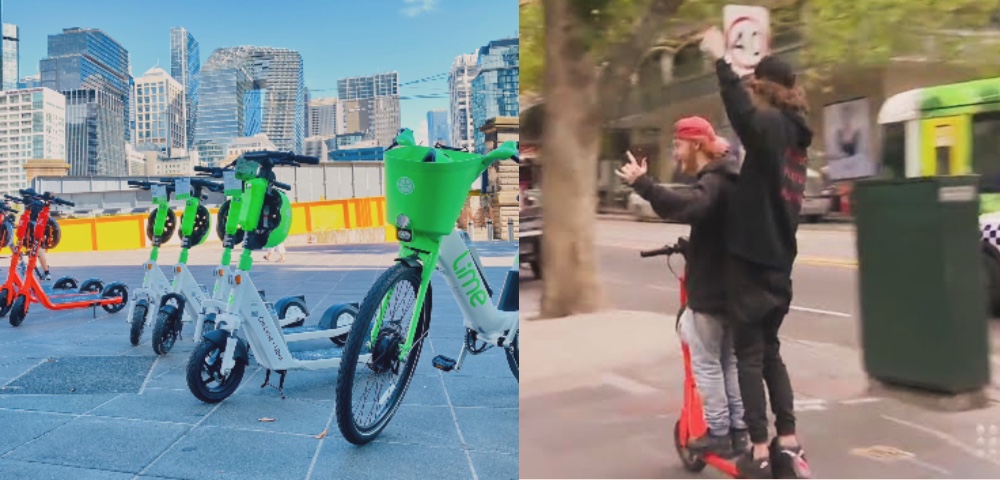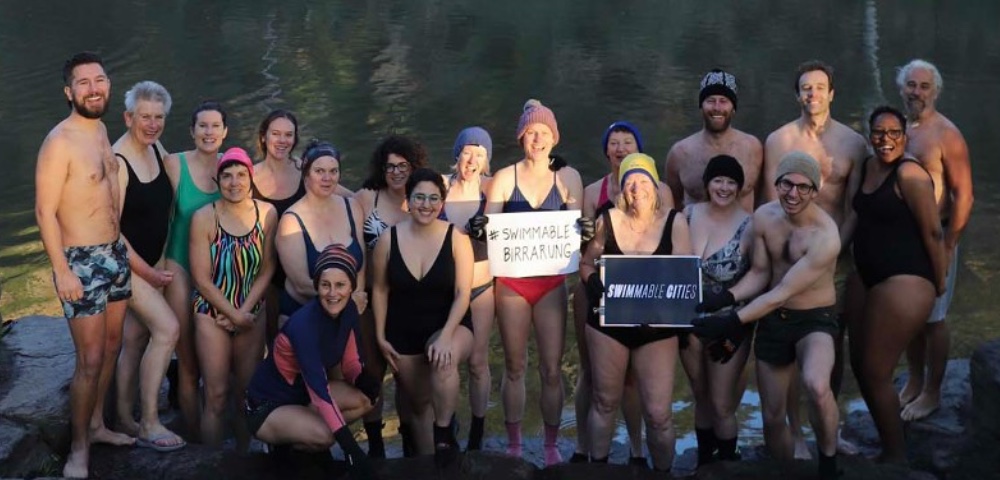
Code Red: Randwick City Council’s action plan to help the homeless

By GRACE JOHNSON.
Randwick City Council has set in motion the development of uniform local emergency response plans to assist people experiencing homelessness in extreme weather events.
The motion came into council after the organisers of this year’s Homeless Memorial Service launched a community campaign calling on all levels of government to develop and implement local emergency response plans. Strategies would be initiated when a Code Red (extreme heatwave) or Code Blue (extreme cold weather event) is declared.
During their meeting on Tuesday night, Council noted that extreme weather and climate change effects have a disproportionate impact on people without a home.
A spokesperson from Randwick City Council told City Hub, “Homelessness is very distressing for those who experience it.”
“At a local level, we’d like to create an action plan that outlines the protocol for people experiencing homelessness during extreme weather events,” the spokesperson explained.
“When extreme weather events arise, it’s important we are ready with an action plan so those who experience homelessness can be kept safe.”
Some of the response strategies might include connecting rough sleepers with support services, extending the operating hours of services, increased shelter options, additional food services and providing protective measures like sunscreen.
Increasing Rates of Homelessness?
The Randwick City Council spokesperson explained while their homeless count does not “show a significant surge in homelessness,” they have received “an increase in reports from the public regarding homeless people.”
“Homelessness includes overcrowding, couch surfing, supported accommodation, temporary lodging and sleeping in cars,” said the spokesperson.
The most recent 2021 Census from the Australian Bureau of Statistics (ABS) estimated there were 963 people in NSW who were living in improvised dwellings, tents, or sleeping out. This is a 62.8 percent decrease from the 2016 census.
However, the ABS noted that the 2021 homelessness estimates were conducted during COVID-19 restrictions, when funded initiatives and policy changes for Temporary Accommodation were established to place those sleeping rough into accommodation.
1,623 people living rough were counted in the NSW street count this year. There was also a significant increase in evidence of street homelessness, such as sleeping bags, makeshift camps, or personal belongings, but where no people were present to be included in the count. 294 locations were counted this year, up from 212 in 2022, 227 in 2021, and 135 in 2020.
Loss of Affordable Housing
Increased reports from the public of people experiencing homelessness comes at a time when huge losses of affordable housing are happening across the board.
“There’s around 300 registered boarding houses in the City of Sydney comprising a combined total of more than 6000 rooms,” said City Of Sydney Councillor Yvonne Weldon AM.
“The City has lost a number of boarding houses in recent years as properties have been developed and converted into private residences.”
“Generally, ‘Change of use’ has been allowed if boarding houses can demonstrate that they are no longer financially viable. But the rules also require planners to consider the loss of affordable housing and the availability of other low-income housing for tenants to move into. We must reassert the primacy of these factors over the right to profit,” Weldon explained.
Disproportionate Effects of Climate Change
Greens Councillor for Randwick Philipa Veitch spoke to City Hub, saying “almost every person in NSW has been affected by a natural disaster in the last 12 months. People experiencing homelessness bear the brunt of severe climate change impacts, skyrocketing rents and a public housing waiting list stretching to the tens of thousands.”
“Taking action on climate change is now more urgent than ever before,” she emphasised.
Looking Forward
It was noted in the Council’s meeting on Tuesday night that South Australia has already implemented local emergency response plans. Their triggers to activate a Code Red or Code Blue include measurements of Excess Heat Factors and consultation with the Bureau of Meteorology (BOM) to predict low temperatures, significant rainfall and damaging wind gusts over a period of at least 3 days.
Hains said, “state and local governments should provide targeted early warning communication, emergency refuges with transport to get to them and additional support for services to check on people and distribute resources such as water and hats.”
“As the impact of climate change increases, it’s all the more important for governments to have robust plans in place to protect people.”
“Over the long-term governments must work to end homelessness by boosting funding for homelessness services so they can meet demand and investing in social and affordable housing,” she asserted.
Randwick City Council is now waiting on reports outlining current mitigation strategies and the proposed roadmap to develop and implement a local emergency response plan for extreme weather events in the LGA.
